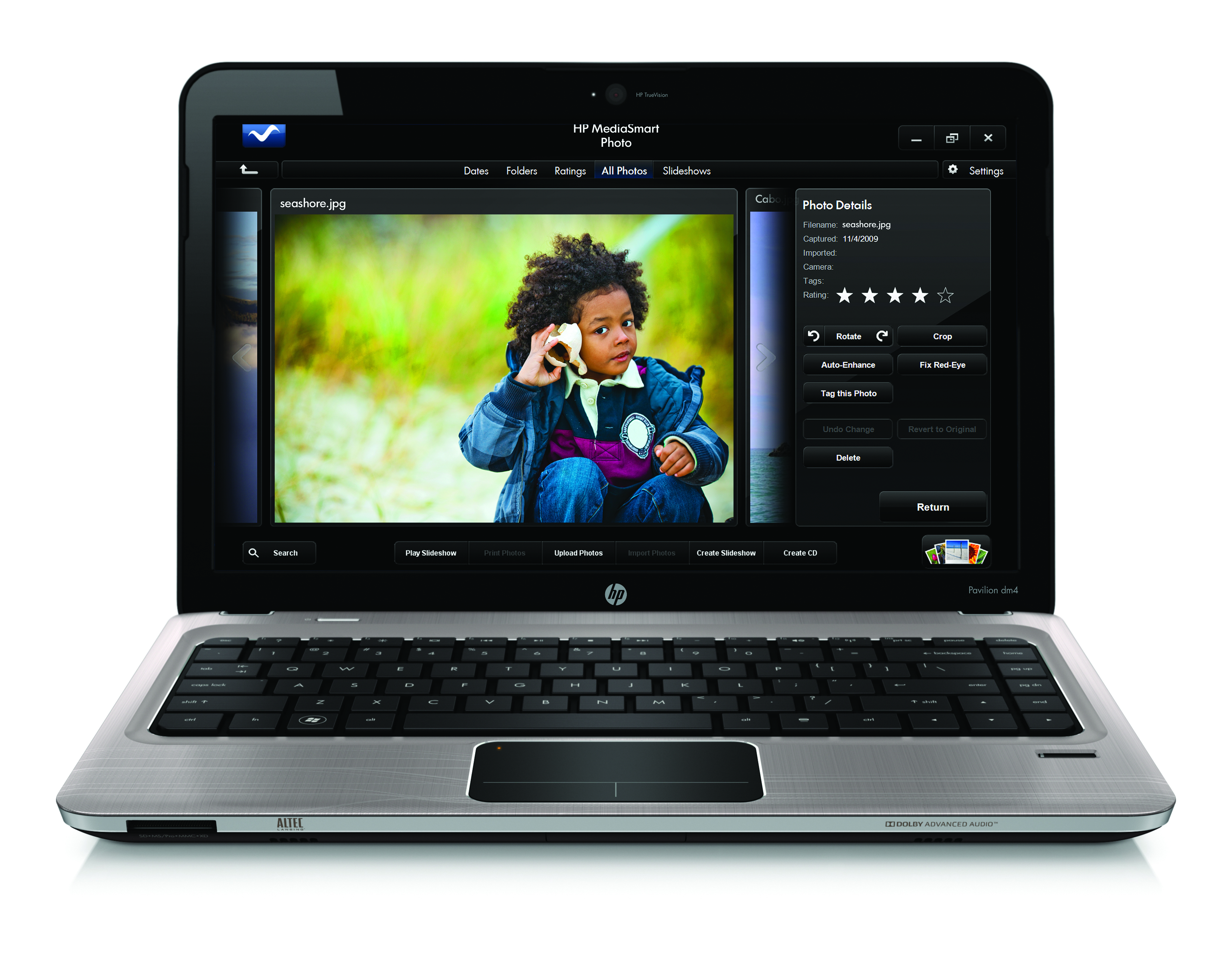Why you can trust TechRadar
Although the Pavilion dm4 is a well-built laptop, there's a serious usability issue that almost threw us into a murderous rage. The problem is the touchpad, which had integrated mouse buttons along the bottom edge.
This may seem harmless enough, but you should definitely seek out a display model and try it for yourself if you're considering buying a Pavilion dm4.
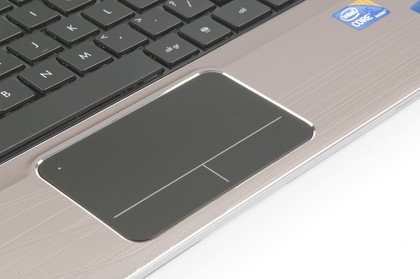
We found that we naturally rested our thumb on the buttons when using the touchpad, but because the buttons are sensitive to touch, this caused the cursor to go berserk and hop across the screen.
We also suffered from erratic cursor hops at times when we pressed the mouse buttons, which led to incorrect menu selections and severely increased blood pressure.
The Packard Bell EasyNote TX86 also had integrated mouse buttons, but those buttons weren't sensitive to touch. This prevented the crazy cursor syndrome, and we wish that the Pavilion dm4 followed the same design.
Still, at least the keyboard fares a lot better. The Pavilion dm4's keys are all well-sized despite the compact chassis, and an isolation-style design is used, with each key poking through an individual hole cut in the frame.
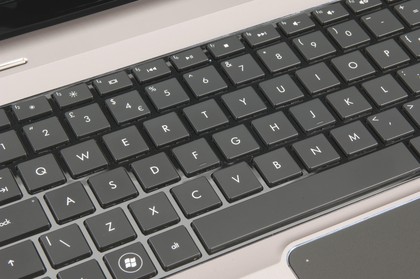
The resulting gaps help to separate the keys, which makes this an excellent board for touch typing. And because the gaps are covered, there's little chance of crumbs and dirt invading the Pavilion dm4's insides.
Our only complaint is that the keys feel a little plasticky compared to the rest of the build, although at least they're fairly quiet.
A 14-inch screen is in place, and it's superbly sharp thanks to the 1366 x 768-pixel resolution. Contrast levels also impress, so images are crisp and the display is perfect for working on intricate spreadsheets.
HP has used a glossy Super-TFT screen coating, and the result is more vibrant and realistic colours. Photographs and movies are pleasing to the eye, although the screen is slightly more reflective so you'll be squinting if you take the Pavilion dm4 into the garden.
HP has also crammed some excellent features into the Pavilion dm4. For starters, a fingerprint scanner can be found on the right side of the chassis.
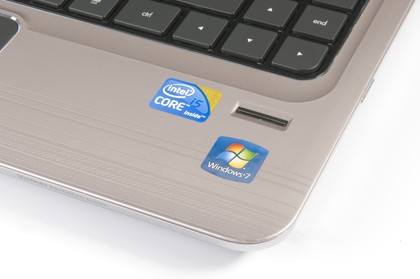
These scanners can be used as an extra security measure or as an alternative to a password, so only users whose fingerprints are recognised are able to sign onto Windows or access certain private files.
Networking is also strong. 802.11n Wi-Fi allows for fast connections to wireless networks, while speedy Gigabit Ethernet is also available for wired networking.
Three USB ports can be used to hook up peripherals including a mouse to the Pavilion dm4. One of these ports doubles as an eSATA port, which allows faster data exchange with external hard drives – perfect if you need to regularly back up your files, or want to increase your storage space.
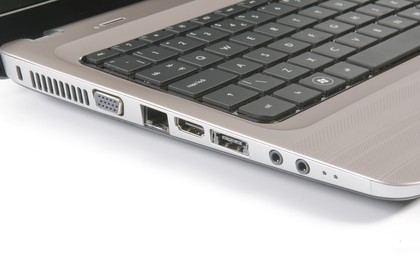
The Pavilion dm4's 320GB of storage is a little over the minimum we expect out of laptops this size, and provides enough room for a decent-sized media collection, stretching to many thousands of songs and hundreds of movies.
However, bear in mind that not only does Windows take up a decent chunk of space, but a section of the Pavilion dm4's hard drive has also been dedicated to a factory image of the hard drive for restoration purposes – something we're seeing on most modern laptops.
This reduces the amount of storage space available for your personal folders and application. Finally, there's a VGA and an HDMI port for connecting an external display or projector.
Current page: HP Pavilion dm4-1050ea: Specifications
Prev Page HP Pavilion dm4-1050ea: Overview Next Page HP Pavilion dm4-1050ea: Performance